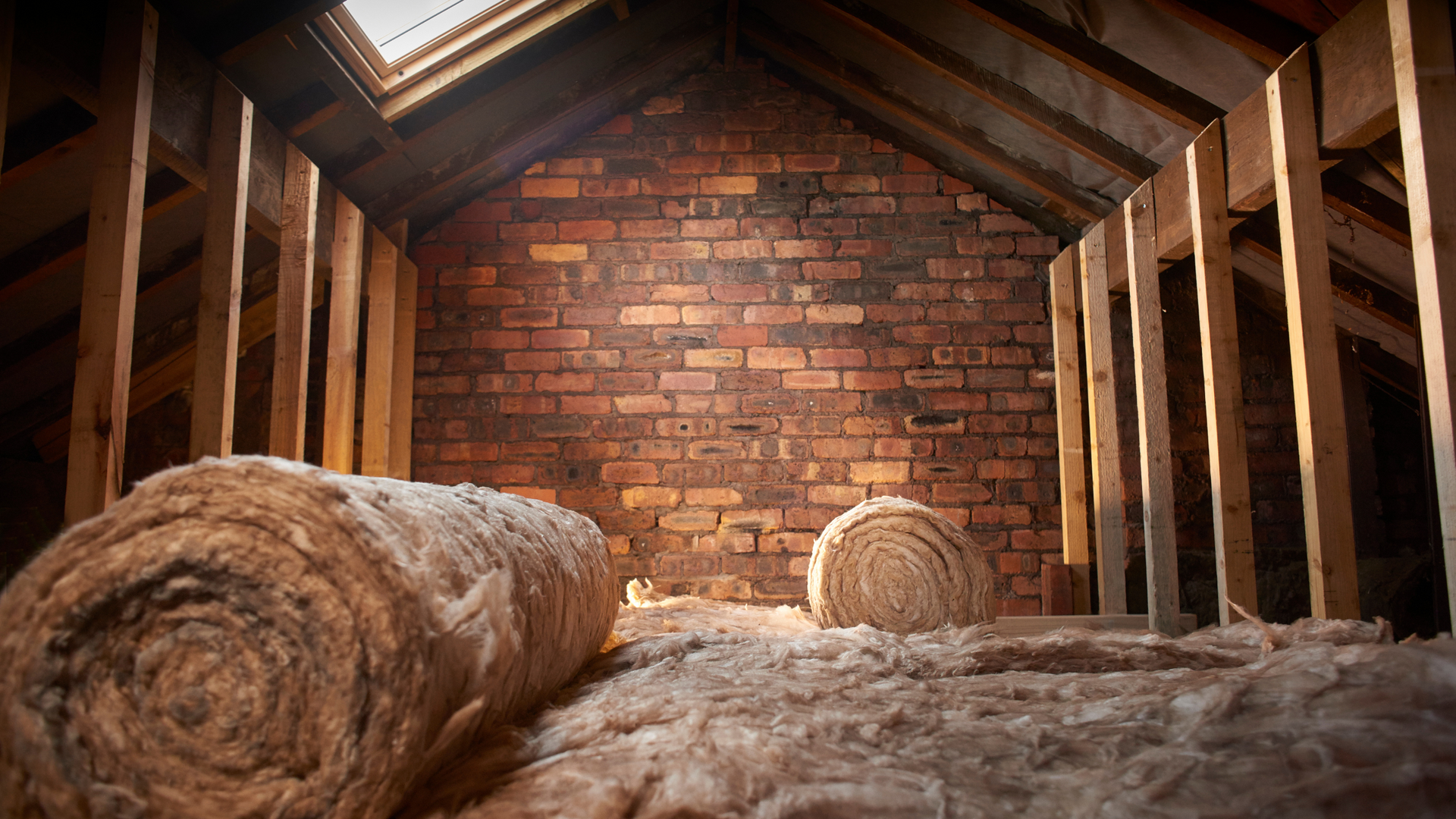How to Choose the Right External Render for Your House
Selecting the ideal external render for your house is a crucial decision that can significantly impact your property's appearance, durability and energy efficiency. With a wide range of options available, it's essential to make an informed choice that aligns with your aesthetic preferences, budget and long-term maintenance requirements.
In this comprehensive guide, we'll take you through the key factors to consider when selecting the right external render for your house, helping you create a stunning and long-lasting facade that enhances the overall value and comfort of your home.
Assessing Your Property's Needs
Before exploring render options, start by evaluating your property's unique requirements. Consider the local climate, weather exposure and the condition of your walls. Properties in regions with frequent rain or extreme temperature fluctuations may need a render with enhanced water resistance and thermal protection.
Identifying areas that need extra protection or insulation will help you choose a render that offers optimal performance and longevity.
Evaluating Longevity and Durability
Investing in a durable render ensures that your property remains protected and visually appealing for years to come. Research the expected lifespan of different render types and consider factors such as resistance to weather conditions, cracking, fading and maintenance requirements.
While some renders may require periodic repainting or touch-ups, others offer longer-lasting protection and reduced maintenance needs.

Budget and Cost Considerations
While modern external renders offer numerous benefits, it's essential to align your choice with your budget. Balance your desired finish with the long-term maintenance costs and benefits to find the most suitable option for your home. Remember that investing in higher-quality, durable renders may result in cost savings over time due to reduced maintenance needs.
Architectural Style and Design
Choosing an external render that complements your property's architectural style is key to achieving a cohesive and visually pleasing exterior. Consider the colour, texture and finish of the render and how they harmonise with existing design elements or surrounding properties.
For instance, traditional renders with textured finishes may suit older properties, while sleek and smooth renders could enhance modern homes.
Different Types of External Render
Acrylic Renders
Pros:
- Versatile and flexible, accommodating various architectural styles.
- Excellent crack resistance, providing long-lasting durability.
- Available in a wide range of colours and textures, allowing for customisation.
Cons:
- May not be as breathable as other render types.
Monocouche Renders
Pros:
- Single-layered and through-coloured, eliminating the need for painting.
- Low-maintenance and resistant to fading.
Cons:
- Limited colour choices compared to acrylic renders.
Silicone Renders
Pros:
- Eco-friendly and breathable, allowing moisture to escape from walls.
- Excellent water repellency and self-cleaning properties, keeping the exterior fresh.
- Provides a sleek, modern appearance with excellent weather resistance.
- Resistant to algae and fungal growth.
Cons:
- Slightly more expensive than other render types.
Mineral Renders
Pros:
- Made from natural minerals, creating a unique and organic texture.
- Durable and environmentally friendly.
- Resistant to UV rays and harsh weather conditions.
Cons:
- May require more maintenance compared to other external renders.
Nanotech Renders
Pros:
- Cutting-edge technology resists dirt, algae and pollution.
- Low-maintenance and long-lasting, providing a sleek appearance for years.
- Highly water-repellent and weather-resistant.
Cons:
- Higher upfront cost due to advanced technology.

Professional Application and Warranty
The successful application of external render requires expertise and precision. Ensure that you hire a qualified and experienced rendering professional to achieve the best results. Additionally, inquire about warranties provided by the manufacturer or installer to safeguard your investment.
If you have any questions or need expert advice, feel free to
reach out to our team at contact@sfp-contracts.co.uk.
Local Building Regulations
Before finalising your render choice, familiarise yourself with local building regulations and planning permissions. Some areas may have specific restrictions on external finishes and compliance is crucial to avoid any issues in the future.
We have a separate guide that goes into detail about building regulations and planning permission. Give it a read
here.
Choosing the right external render for your house involves a comprehensive approach, considering factors like climate, render types, longevity, architectural style, eco-friendliness, budget and professional advice. By making an informed decision, you'll not only enhance your property's kerb appeal but also ensure its protection and energy efficiency for years to come.
With a wide range of modern external render options available, you can transform your house's exterior into a stunning and durable masterpiece that reflects your unique style and values.
If you're seeking expert rendering advice or considering our professional rendering service, don't hesitate to
get in touch with us. Our team of qualified renderers is ready to assist you in choosing the perfect render for your home and ensuring a flawless application for outstanding results.


All Rights Reserved | SFP Contracts Ltd






